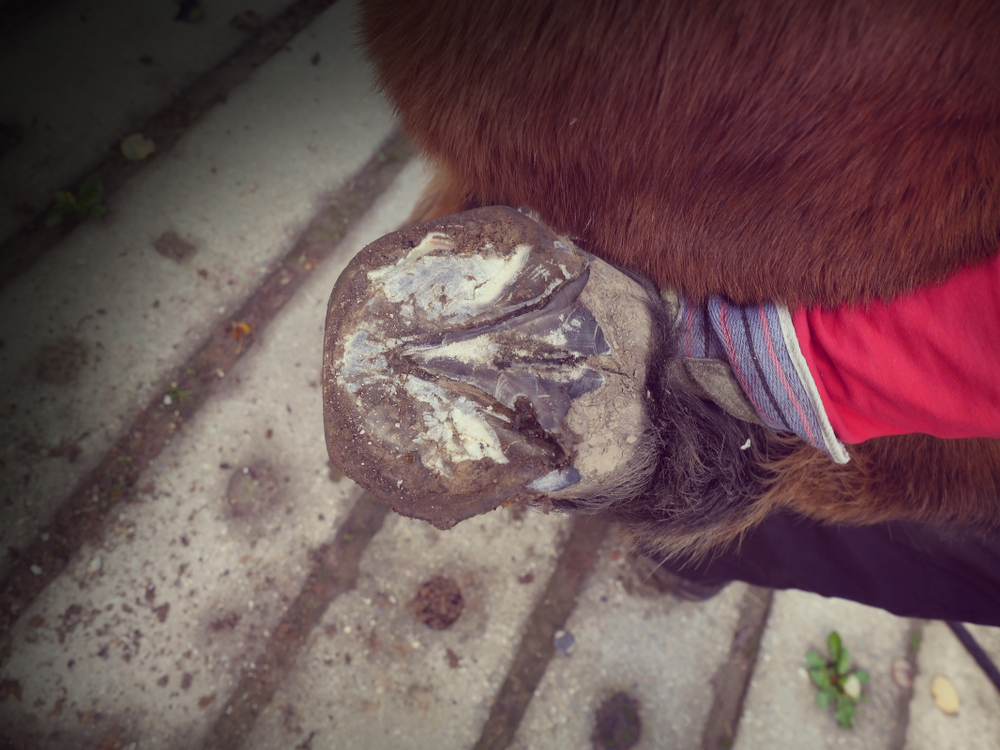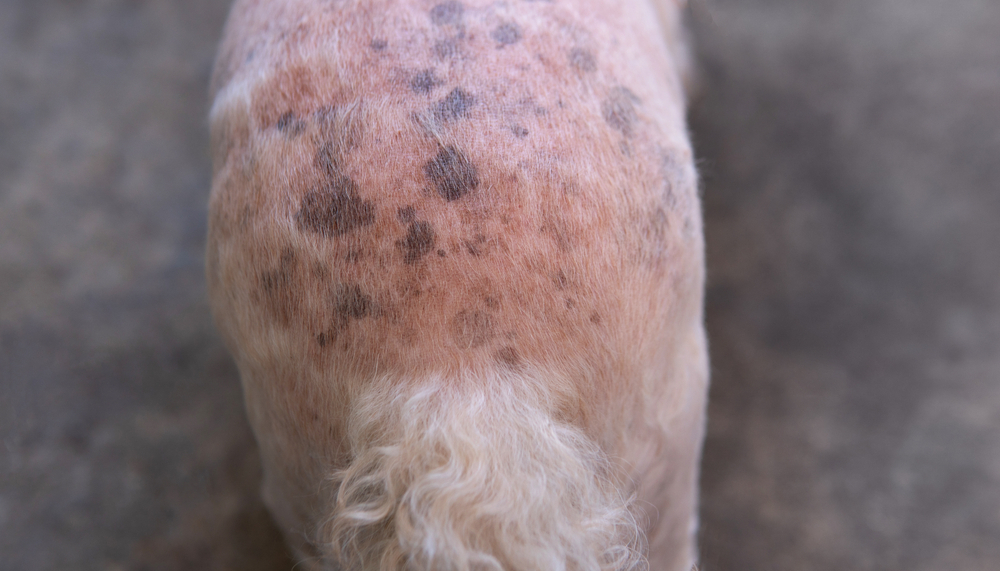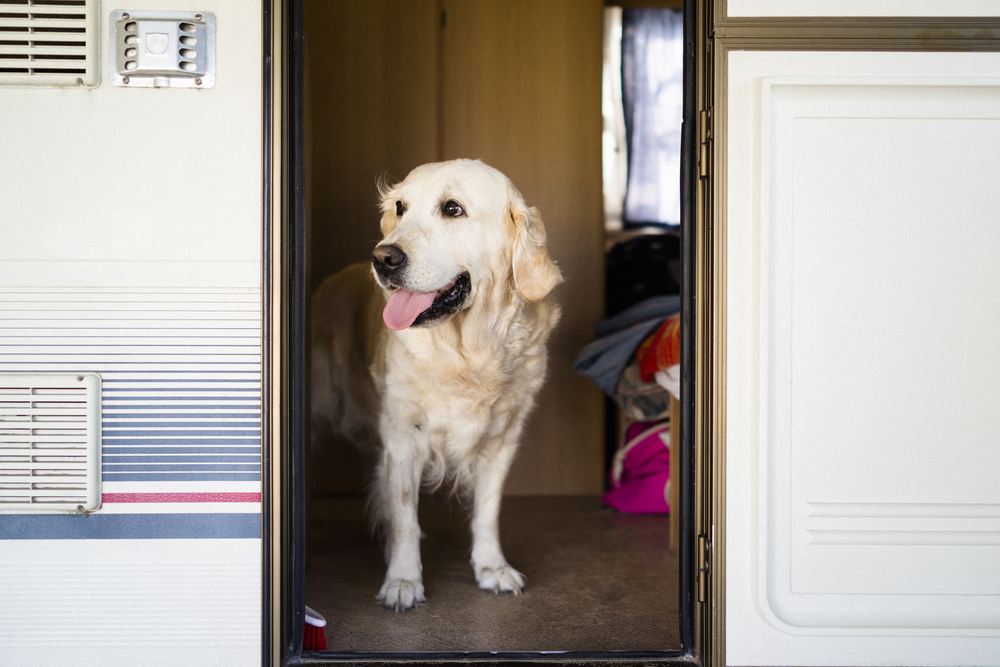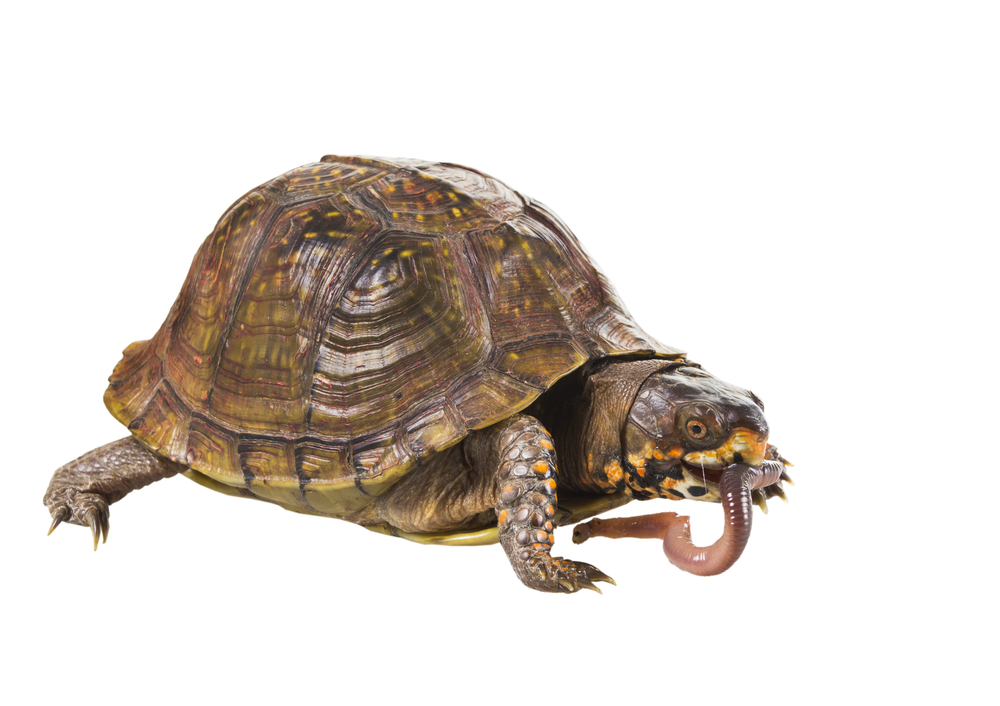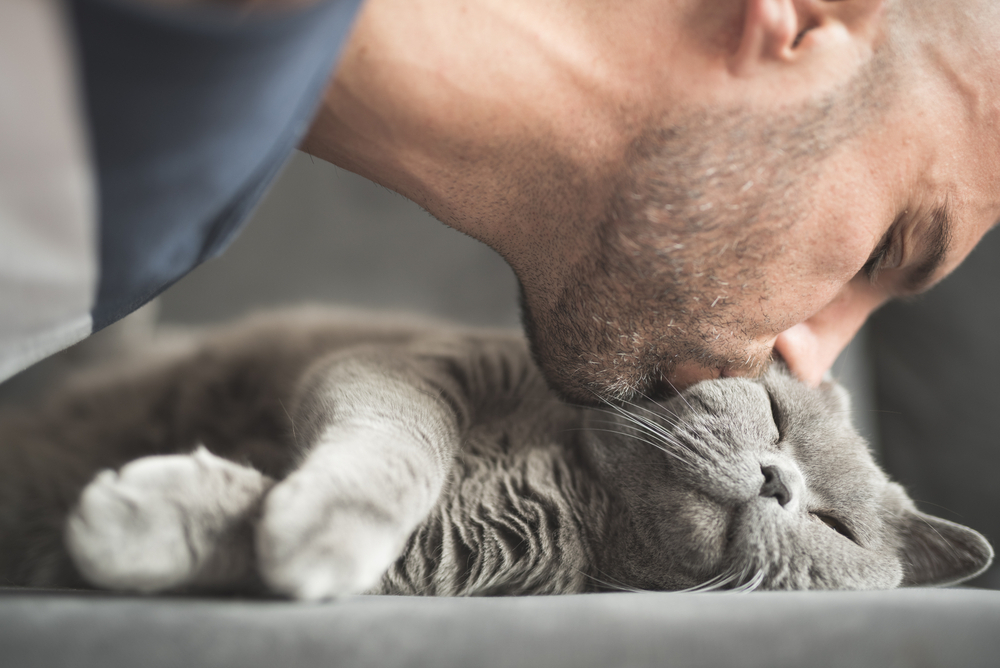Mare Gestation Calculator: Predicting Your Horse’s Due Date Accurately
By  Maria Fernandes |
Last updated: May 1 2023
Maria Fernandes |
Last updated: May 1 2023

Mare gestation calculators have become an essential tool for horse breeders, veterinarians, and horse enthusiasts alike. These calculators allow users to predict the approximate due date of a pregnant mare, enabling them to provide optimal care for both the mare and her foal.
In this comprehensive guide, we’ll delve into the importance of mare gestation calculators, their accuracy, and how to use them effectively. Additionally, we’ll explore various factors that can influence gestation length and offer tips for ensuring the health of your mare and her unborn foal throughout the pregnancy.
Related Article: 8 Best Horse Movies On Netflix
What Date Was The Mare Bred?
Understanding Mare Gestation
Before diving into the world of mare gestation calculator, it's essential to have a basic understanding of mare gestation itself. Gestation refers to the period between conception and the birth of the foal. In horses, the average gestation length is around 11 months or 340 days. However, it's important to note that this figure can vary significantly, with gestation periods ranging from 320 to 370 days or more. Factors such as breed, age, nutrition, and environmental conditions can all influence the length of a mare's pregnancy.
The Importance of Accurate Gestation Predictions
Accurate gestation predictions are crucial for ensuring the health and well-being of both the mare and her unborn foal. By knowing the approximate due date, breeders and caretakers can:
a. Monitor the mare's health more closely, enabling early detection of potential complications.
b. Ensure proper nutrition and care are provided throughout the pregnancy.
c. Make necessary preparations for the birthing process, such as arranging for a veterinarian or experienced assistant to be present.
d. Plan for the mare's postpartum care and eventual weaning of the foal.
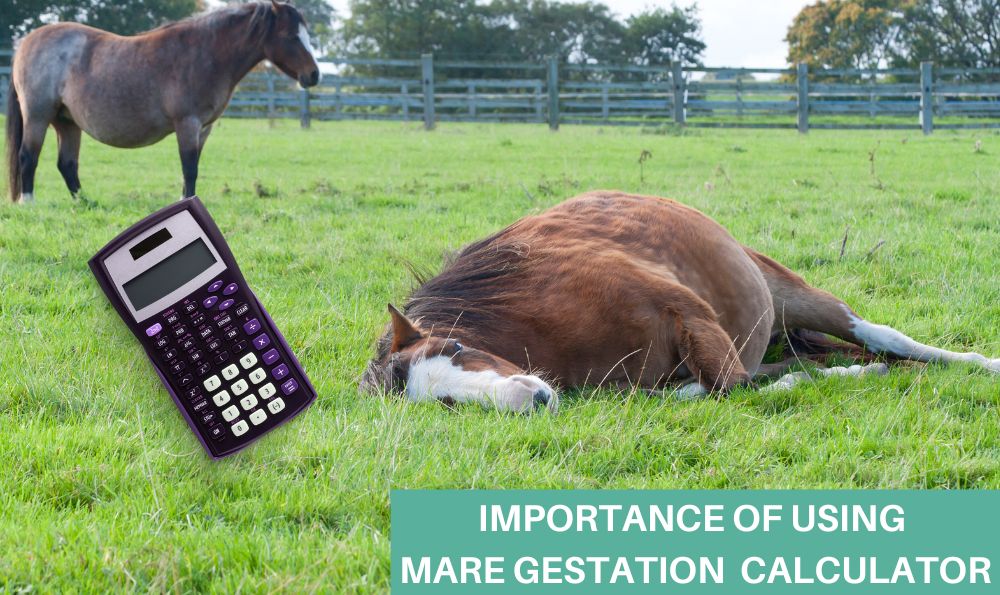
1 Mare Gestation Calculator: How Do They Work?
Mare gestation calculators use the mare's last breeding date to predict the foal's due date. By inputting this information, the calculator will generate an estimated due date based on the average gestation length for horses. Many online mare gestation calculators also provide a range of dates to account for the natural variability in gestation lengths.
While these calculators offer a convenient and straightforward method for predicting due dates, it's essential to remember that they are only providing an estimation. The actual gestation period may be shorter or longer than the predicted date, depending on various factors.
![]()
2Factors Influencing Mare Gestation Length
Several factors can influence the length of a mare's gestation, including:
1. Breed: Some horse breeds, like Thoroughbreds and Arabians, tend to have slightly shorter gestation periods, while draft breeds typically have longer pregnancies.
2. Age: Older mares may have longer gestation periods compared to younger mares.
3. Season: Mares that conceive during the spring and summer months often have shorter gestation periods compared to those that conceive in the fall or winter.
4. Nutrition: Proper nutrition is essential for a healthy pregnancy, and malnourished mares may experience longer gestation periods.
5. Environmental Factors: Stressful conditions, such as extreme weather or inadequate living conditions, can potentially impact gestation length.
![]()
3How to Use a Mare Gestation Calculator Effectively
To use a mare gestation calculator effectively, follow these steps:
1. Determine the mare's last breeding date: The date of the mare's last breeding or the date of ovulation is essential for calculating the gestation period.
2. Input the information into the calculator: Enter the last breeding date into the mare gestation calculator to generate an estimated due date and range.
3. Monitor the mare's progress: Use the estimated due date as a guideline to monitor the mare's health and well-being throughout her pregnancy. Keep in mind that the actual due date may fall outside the provided range, so it's essential to pay attention to signs of impending labor.
4. Adjust the due date if necessary: If your mare's pregnancy is monitored by a veterinarian through ultrasound or other diagnostic methods, the estimated due date may be adjusted based on their findings. Make sure to update your records accordingly.
5. Prepare for the foaling: As the mare's due date approaches, ensure that you have made all necessary preparations, such as arranging for a veterinarian or experienced assistant to be present, setting up a clean and safe foaling area, and gathering essential supplies for the birth and postpartum care.
![]()
4Signs of Impending Labor in Mares
Knowing the signs of impending labor can help you anticipate the foaling process and ensure that you're prepared to assist your mare if necessary. Some common signs of impending labor in mares include:
1. Waxing of the teats: A waxy substance may appear on the mare's teats a few days to a week before foaling.
2. Udder filling: The mare's udder will typically fill with milk in the days leading up to the birth.
3. Relaxation of the pelvic area: The muscles and ligaments around the mare's pelvic area will relax, causing the tailhead to appear more prominent.
4. Behavioral changes: The mare may become restless, pacing, or showing signs of discomfort as she nears her due date.
e. Discharge: A clear or slightly blood-tinged discharge may be observed a few hours to a day before foaling.
Remember that each mare is different, and some may not exhibit all of these signs before giving birth. If you're unsure about your mare's progress or have concerns about her health, consult a veterinarian for guidance.
![]()
5Ensuring Optimal Care for Pregnant Mares
Providing appropriate care throughout your mare's pregnancy is essential for the health and well-being of both the mare and her foal. Here are some tips to ensure optimal care for pregnant mares:
1. Regular veterinary check-ups: Schedule routine veterinary visits to monitor the mare's health and the development of the foal. Your veterinarian can also provide guidance on vaccinations and deworming schedules during pregnancy.
2. Proper nutrition: Pregnant mares require a balanced diet with adequate energy, protein, vitamins, and minerals to support both their own needs and the developing foal. Consult with a veterinarian or equine nutritionist to create a customized feeding plan for your mare.
3. Exercise:Maintain a regular exercise routine for your pregnant mare, adjusting the intensity and duration as needed to accommodate her changing condition. Exercise can help maintain overall health and reduce the risk of complications during pregnancy.
4. Stress management: Minimize stress for your pregnant mare by providing a comfortable, safe living environment and consistent routine.

Conclusion
Mare gestation calculators are invaluable tools for predicting the due date of pregnant mares, allowing breeders, veterinarians, and horse enthusiasts to provide optimal care throughout the pregnancy. By understanding the factors that can influence gestation length and knowing how to use these calculators effectively, you can better prepare for the arrival of your mare's foal and ensure the health and well-being of both mother and baby. Remember, regular veterinary check-ups, proper nutrition, and appropriate exercise are all essential components of a successful pregnancy and foaling experience.
Written by
Maria Fernandes
Maria Fernandez is a veteran writer fueled by tea and enjoys spending time with her pets. Maria is Pet Enthusiast and focuses on animal welfare. Maria Fernandez is also an active member of the American Society for the Prevention of Cruelty to Animals (ASPCA). Through her beloved narrations, Maria shares her extensive knowledge of animal behavior and nutrition. She aims to help pet owners have a joyful life with their pets with the help of the latest medical research. Maria is passionate about her work and loves spending time writing about animals. Maria tries to know animals' behavior and shares her updated research with pet lovers across the globe.



